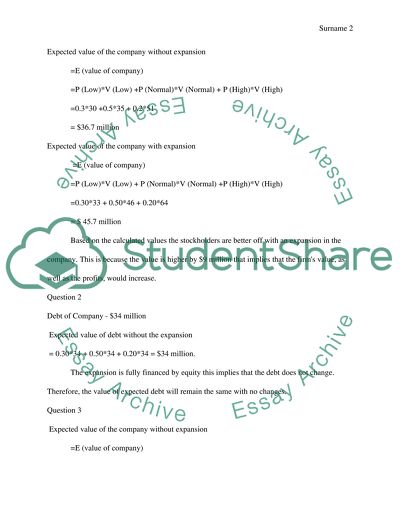Cite this document
(“McKenzie Corporations Capital Budgeting Assignment”, n.d.)
Retrieved from https://studentshare.org/finance-accounting/1454476-mckenzie-corporations-capital-budgeting
Retrieved from https://studentshare.org/finance-accounting/1454476-mckenzie-corporations-capital-budgeting
(McKenzie Corporations Capital Budgeting Assignment)
https://studentshare.org/finance-accounting/1454476-mckenzie-corporations-capital-budgeting.
https://studentshare.org/finance-accounting/1454476-mckenzie-corporations-capital-budgeting.
“McKenzie Corporations Capital Budgeting Assignment”, n.d. https://studentshare.org/finance-accounting/1454476-mckenzie-corporations-capital-budgeting.


